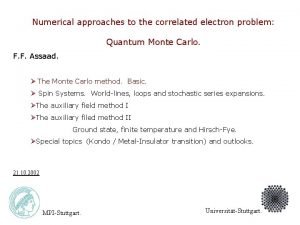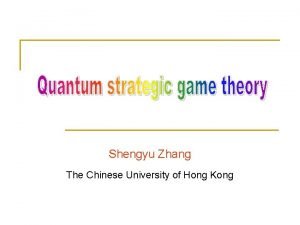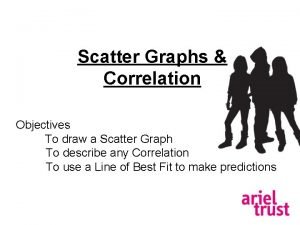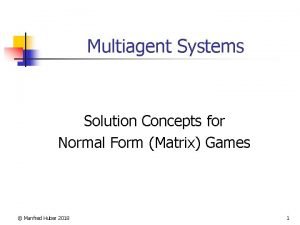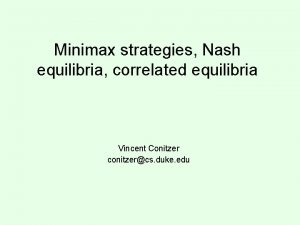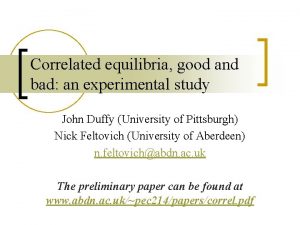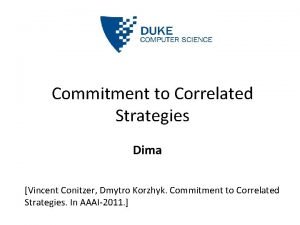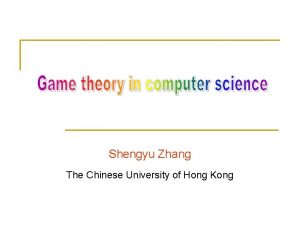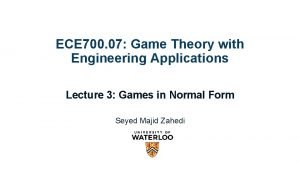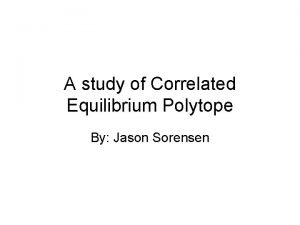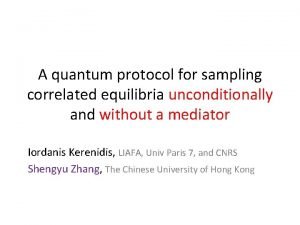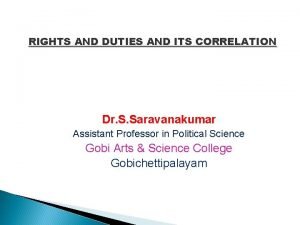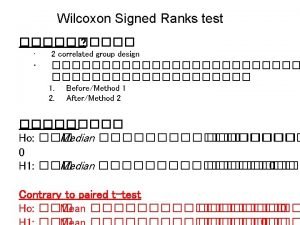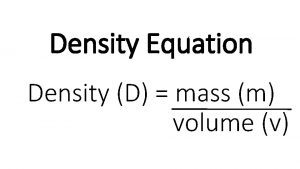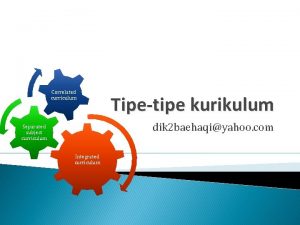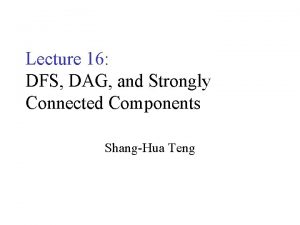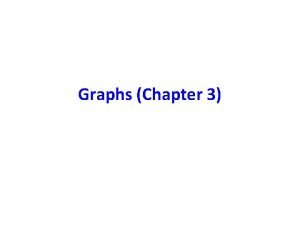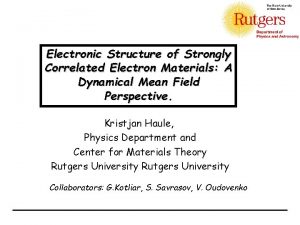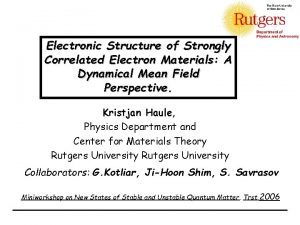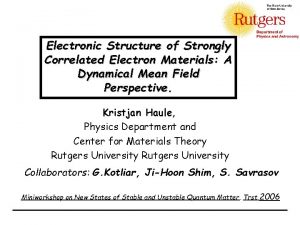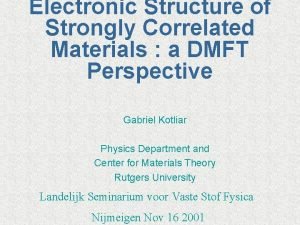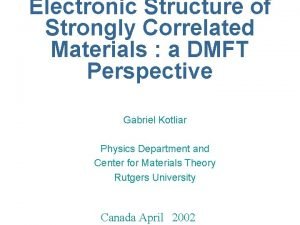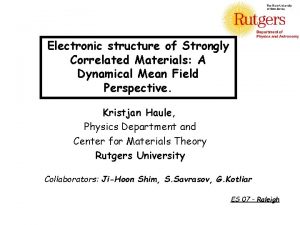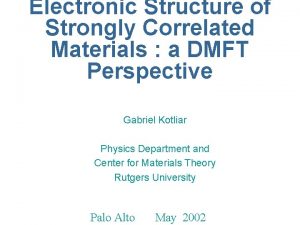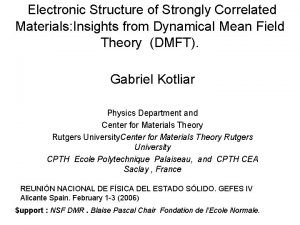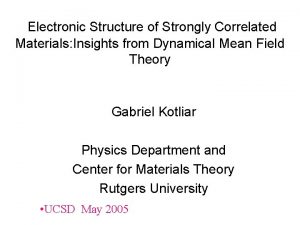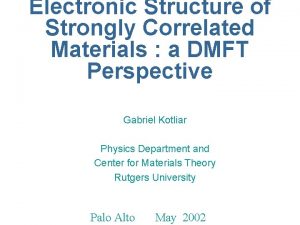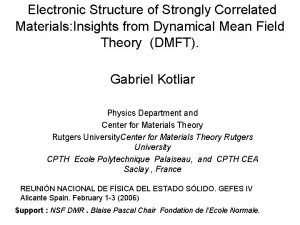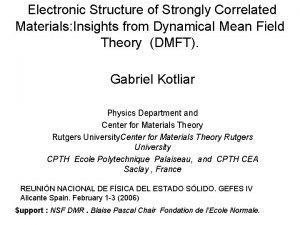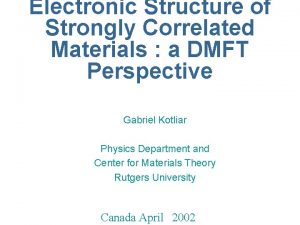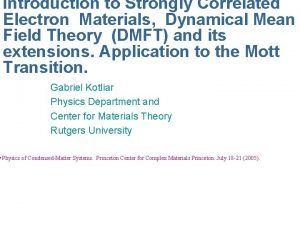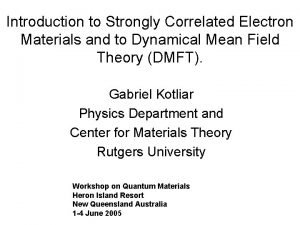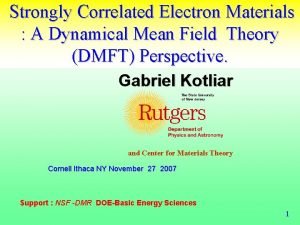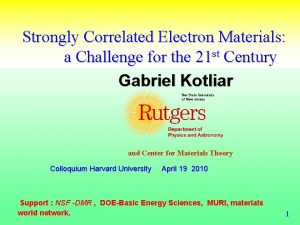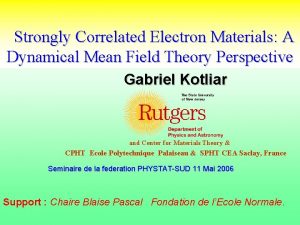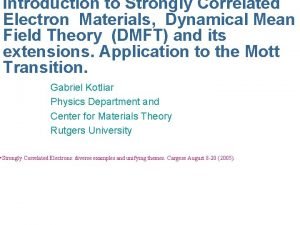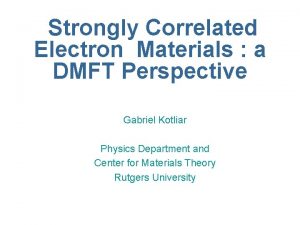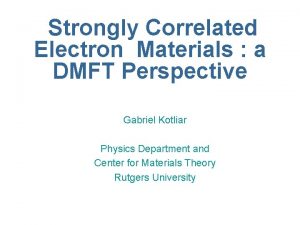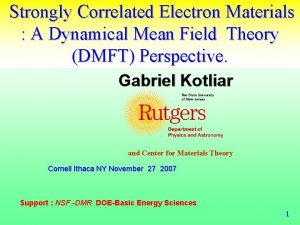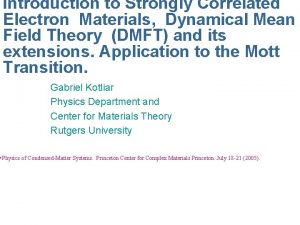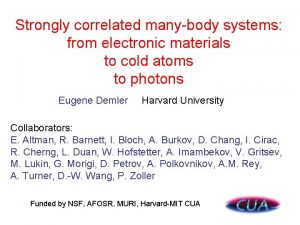Electronic Structure of Strongly Correlated Electron Materials A





























- Slides: 29

Electronic Structure of Strongly Correlated Electron Materials: A Dynamical Mean Field Perspective. Kristjan Haule, Physics Department and Center for Materials Theory Rutgers University Collaborators: G. Kotliar, S. Savrasov, V. Oudovenko ICAM Symposium on Frontiers in Correlated Matter, Snowmass 2006

Overview • Application of DMFT to real materials (Spectral density functional approach). Examples: – alpha to gamma transition in Ce, optics near the temperature driven Mott transition. – Mott transition in Americium under pressure – Antiferromagnetic transition in Curium • Extensions of DMFT to clusters. Examples: – Superconducting state in t-J the model – Optical conductivity of the t-J model

Universality of the Mott transition Crossover: bad insulator to bad metal Critical point First order MIT V 2 O 3 1 B HB model (DMFT): Ni 2 -x. Sex k organics

Coherence incoherence crossover in the 1 B HB model (DMFT) Phase diagram of the HM with partial frustration at half-filling M. Rozenberg et. al. , Phys. Rev. Lett. 75, 105 (1995).

DMFT + electronic structure method Basic idea of DMFT: reduce the quantum many body problem to a one site or a cluster of sites problem, in a medium of non interacting electrons obeying a self-consistency condition. (A. Georges et al. , RMP 68, 13 (1996)). DMFT in the language of functionals: DMFT sums up all local diagrams in BK functional Basic idea of DMFT+electronic structure method (LDA or GW): For less correlated bands (s, p): use LDA or GW For correlated bands (f or d): with DMFT add all local diagrams Effective (DFT-like) single particle Spectrum consists of delta like peaks Spectral density usually contains renormalized quasiparticles and Hubbard bands

How good is single site DMFT for f systems? f 5 L=5, S=5/2 J=5/2 f 7 L=0, S=7/2 J=7/2 f 1 L=3, S=1/2 J=5/2 f 6 L=3, S=3 J=0

Cerium

Ce overview isostructural phase transition ends in a critical point at (T=600 K, P=2 GPa) (fcc) phase [ magnetic moment (Curie-Wiess law), large volume, stable high-T, low-p] (fcc) phase [ loss of magnetic moment (Pauli-para), smaller volume, stable low-T, high-p] with large volume collapse v/v 15 volumes exp. 28Å3 34. 4Å3 LDA 24. 7Å3 • Transition is 1. order • ends with CP LDA+U 35. 2Å3

LDA and LDA+U ferromagnetic volumes exp. 28Å3 34. 4Å3 LDA 24. 7Å3 LDA+U 35. 2Å3 f DOS total DOS

LDA+DMFT alpha DOS TK(exp)=1000 -2000 K

LDA+DMFT gamma DOS TK(exp)=60 -80 K

Photoemission&experiment • A. Mc Mahan K Held and R. Scalettar (2002) • K. Haule V. Udovenko and GK. (2003) Fenomenological approach describes well the transition Kondo volume colapse (J. W. Allen, R. M. Martin, 1982)

Optical conductivity + * + K. Haule, et. al. , Phys. Rev. Lett. 94, 036401 (2005) * J. W. van der Eb, A. B. Ku’zmenko, and D. van der Marel, Phys. Rev. Lett. 86, 3407 (2001)

Partial DOS 4 f 5 d 6 s Z=0. 33

Americium

Americium f 6 -> L=3, S=3, J=0 Mott Transition? "soft" phase f localized "hard" phase f bonding A. Lindbaum, S. Heathman, K. Litfin, and Y. Méresse, Phys. Rev. B 63, 214101 (2001) J. -C. Griveau, J. Rebizant, G. H. Lander, and G. Kotliar Phys. Rev. Lett. 94, 097002 (2005)

Am within LDA+DMFT from J=0 to J=7/2 Comparisson with experiment V=V 0 Am I V=0. 76 V 0 Am III V=0. 63 V 0 Am IV nf=6. 2 nf=6 • “Soft” phase very different from g Ce not in local moment regime since J=0 (no entropy) • "Hard" phase similar to a Ce, Kondo physics due to hybridization, however, nf still far from Kondo regime Different from Sm! Exp: J. R. Naegele, L. Manes, J. C. Spirlet, and W. Müller Phys. Rev. Lett. 52, 1834 -1837 (1984) Theory: S. Y. Savrasov, K. Haule, and G. Kotliar Phys. Rev. Lett. 96, 036404 (2006)

Trends in Actinides alpa->delta volume collapse transition F 0=4, F 2=6. 1 F 0=4. 5, F 2=7. 15 Curie-Weiss Same transition in Am under pressure F 0=4. 5, F 2=8. 11 Curium has large magnetic moment and orders antif. Tc

What is captured by single site DMFT? • Captures volume collapse transition (first order Mott-like transition) • Predicts well photoemission spectra, optics spectra, total energy at the Mott boundary • Antiferromagnetic ordering of magnetic moments, magnetism at finite temperature • Qualitative explanation of mysterious phenomena, such as the anomalous raise in resistivity as one applies pressure in Am, . .

Beyond single site DMFT What is missing in DMFT? • Momentum dependence of the self-energy m*/m=1/Z • Various orders: d-wave. SC, … • Variation of Z, m*, t on the Fermi surface • Non trivial insulator (frustrated magnets) • Non-local interactions (spin-spin, long range Columb, correlated hopping. . ) Present in DMFT: • Quantum time fluctuations Present in cluster DMFT: • Quantum time fluctuations • Spatially short range quantum fluctuations

The simplest model of high Tc’s t-J, PW Anderson Hubbard-Stratonovich ->(to keep some out-of-cluster quantum fluctuations) BK Functional, Exact cluster in k space cluster in real space

What can we learn from “small” Cluster-DMFT? Phase diagram t’=0

Insights into superconducting state (BCS/non-BCS)? BCS: upon pairing potential energy of electrons decreases, kinetic energy increases (cooper pairs propagate slower) Condensation energy is the difference non-BCS: kinetic energy decreases upon pairing (holes propagate easier in superconductor) J. E. Hirsch, Science, 295, 5563 (2226)

Optical conductivity optimally doped overdoped cond-mat/0601478 D van der Marel, Nature 425, 271 -274 (2003)

Optical weight, plasma frequency Weight bigger in SC, K decreases (non-BCS) ~1 e. V Bi 2212 Weight smaller in SC, K increases (BCS-like) D. van der Marel et. al. , in preparation

Hubbard versus t-J model Kinetic energy in Hubbard model: • Moving of holes • Excitations between Hubbard bands Hubbard model U Drude t 2/U Experiments Excitations into upper Hubbard band Kinetic energy in t-J model • Only moving of holes Drude J intraband interband transitions t-J model no-U ~1 e. V

Kinetic energy change Kinetic energy increases cluster-DMFT, cond-mat/0601478 Kinetic energy decreases Kinetic energy increases cond-mat/0503073 Phys Rev. B 72, 092504 (2005) Exchange energy decreases and gives largest contribution to condensation energy

Kinetic energy upon condensation underdoped overdoped J J electrons gain energy due to exchange energy holes gain kinetic energy (move faster) hole loose kinetic energy (move slower) J same as RVB (see P. W. Anderson Physica C, 341, 9 (2000), or slave boson mean field (P. Lee, Physica C, 317, 194 (1999) J BCS like

Conclusions • LDA+DMFT can describe interplay of lattice and electronic structure near Mott transition. Gives physical connection between spectra, lattice structure, optics, . . – Allows to study the Mott transition in open and closed shell cases. – In both Ce and Am single site LDA+DMFT gives the zeroth order picture – Am: Rich physics, mixed valence under pressure. – Describes magnetism of Curium • 2 D models of high-Tc require cluster of sites. Some aspects of optimally doped, overdoped and slightly underdoped regime can be described with cluster DMFT on plaquette: – Evolution from kinetic energy saving to BCS kinetic energy cost mechanism
 The future of the correlated electron problem
The future of the correlated electron problem Correlated equilibrium
Correlated equilibrium Scatter plot data table
Scatter plot data table Correlated equilibrium
Correlated equilibrium Correlated equilibrium
Correlated equilibrium Correlated equilibrium
Correlated equilibrium Correlated equilibrium
Correlated equilibrium Correlated equilibrium
Correlated equilibrium Correlated group design
Correlated group design Pure strategy nash equilibrium example
Pure strategy nash equilibrium example Correlated equilibrium
Correlated equilibrium Correlated equilibrium
Correlated equilibrium Rights and duties are correlated
Rights and duties are correlated Correlated group design
Correlated group design Intensive properties examples
Intensive properties examples Correlated curriculum
Correlated curriculum An electronic is the electronic exchange of money or scrip
An electronic is the electronic exchange of money or scrip Electronic field production examples
Electronic field production examples Taisil electronic materials corp
Taisil electronic materials corp Favourite cars
Favourite cars Household material useful
Household material useful Man made materials
Man made materials Adopting materials
Adopting materials Direct materials budget with multiple materials
Direct materials budget with multiple materials Vegetable classifications
Vegetable classifications Strongly typed vs weakly typed
Strongly typed vs weakly typed Strongly connected graph
Strongly connected graph Hawthorne theory of motivation
Hawthorne theory of motivation Dfs connected components
Dfs connected components Strongly connected components
Strongly connected components
